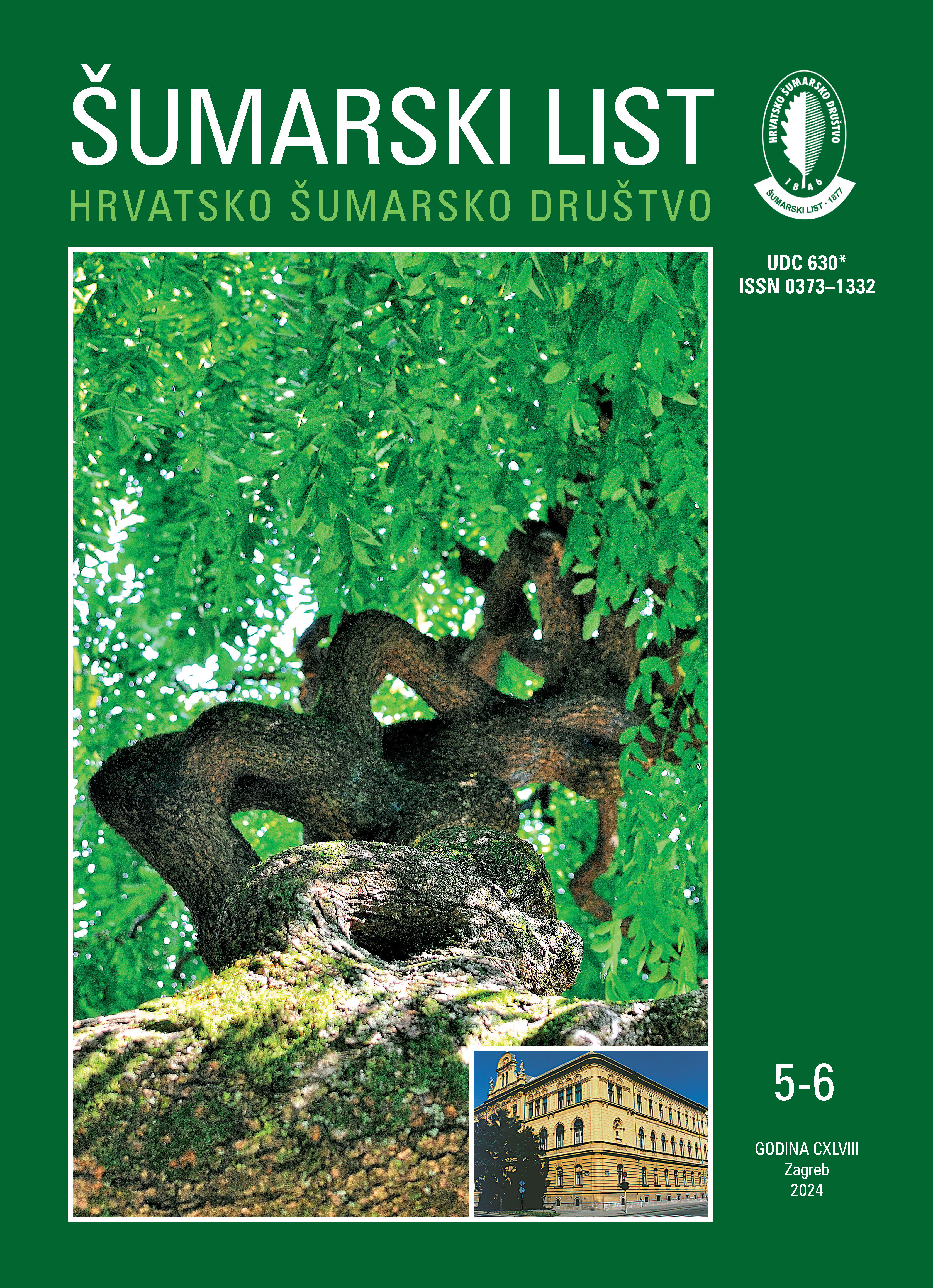Influence of the parent material on the cambisol in the area of the Plitvice lakes national park
Keywords:
cačcocambisolAbstract
Calcocambisol (brown soil on limestone and dolomite) is one of the most common soil types in Croatia, and it is dominant soil type that is developed on karst and also in the area of the National Park "Plitvice Lakes", which is located in the karst area. As its name suggests, they occur on different carbonate substrates, which are different in terms of chemical composition as well as in terms of how the rocks are worn. In the area of the National Park, 30 pedological profiles have been opened, 18 of which were on limestone and 12 on dolomite. In the field, ectomorphological and endomorphological soil parameters were determined. The following parameters were determined on the collected soil samples in the humus-accumulative (A) and cambic (B) horizons: particle size distribution of the soil, soil reaction, i.e. pH-value in water and CaCl2 solution, content of carbonate, total carbon and total nitrogen content using the dry burning method. The highest differences in ectomorphological parameters between limestone and dolomite are found in the classification of rockiness and stoneness, where it ranges from very low to very high on limestone, while it is absent on dolomite. On the profiles of calcocambisols on top of dolomite, a higher proportion of sand fractions and less clay than on calcocambisols on top of limestones was found. The dominant soil textural class of calcocambisols on top of limestone is silty clay, while in calcocambisols on top of dolomite it is silty clay loam. The pH-values of the soil and the proportion of CaCO3 on calcocambisol on top of dolomite were statistically significantly higher than on calcocambisol on top of limestone. As there was no great difference in the fractions of organic carbon and total nitrogen between calcocambisols on top of limestones and dolomites, there is also no great difference in the C/N ratio. The average C/N ratio along the entire profile of calcocambisol on top of limestone and dolomite is 14, i.e. decomposition continues undisturbed and there is no accumulation of raw humus. The hypotheses in this paper were confirmed, and clear differences in the investigated ectomorphological (rockiness and stoniness) and endomorphological (particle size distribution, pH-values and CaCO3 content) properties between calcocambisol on top of limestone and dolomite were observed.
Published
Issue
Section
License
Copyright (c) 2024 Associate prof. Ivan Perković, PhD, David Počekal, Associate prof. Vibor Roje, PhD, distinguished prof. Darko Bakšić, PhD, distinguished prof. Nikola Pernar, PhD

This work is licensed under a Creative Commons Attribution-NonCommercial 4.0 International License.


